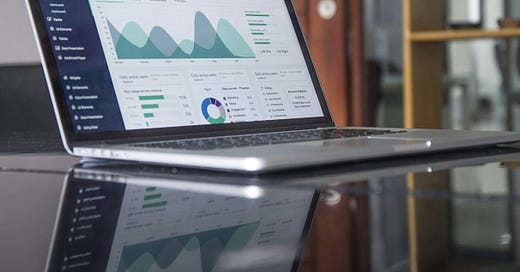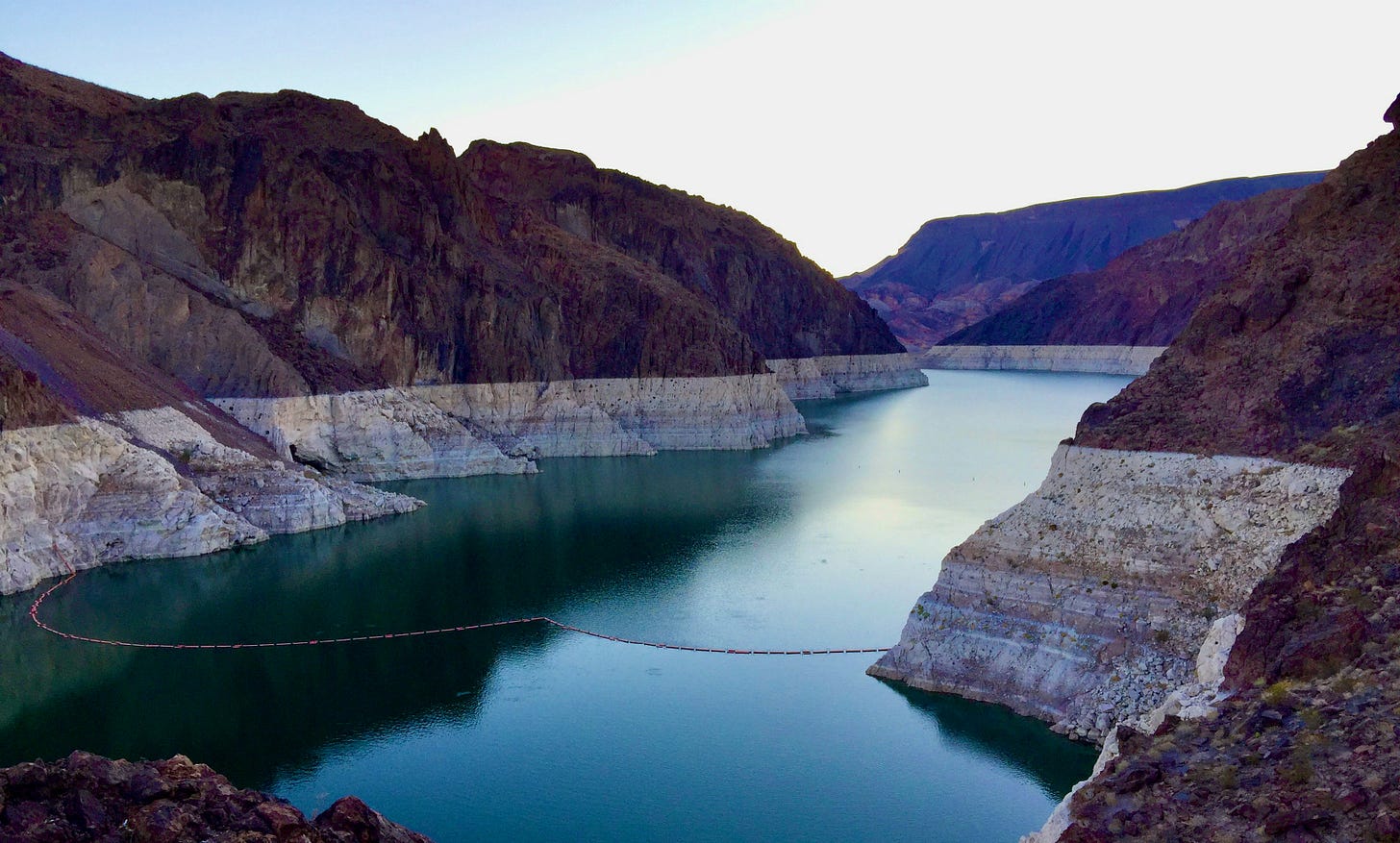Sustainability ROI: How to Prove Business Benefits
Controlling Sustainability Narratives with Numbers
In business, we often say "what gets measured gets managed." But are we measuring everything that matters to our long-term success?
While quarterly returns and traditional metrics like oil prices continue to dominate and underpin decision-making, forward-thinking leaders are discovering that these conventional measures tell only part of the story — and by neglecting crucial sustainability metrics, organizations risk blindness to both mounting environmental risks and transformative opportunities for long-term value creation.
The Hidden Costs of Narrow Metrics
“We still hold ourselves to performance metrics that we’re familiar with and that may work, but that don’t tell the richness of the returns or the full story we want to tell”
-David Garrison, co-founder and CEO of Climate & Capital Connect
Our current business metrics often overlook crucial factors that determine long-term success:
Resource dependencies (water, energy, raw materials)
Supply chain vulnerabilities
Community relationships
Infrastructure resilience
Waste management costs
Future regulatory compliance
When we focus solely on traditional metrics like quarterly returns, we risk missing the forest for the trees. A company saving money by using disposable water bottles might celebrate reduced upfront costs while ignoring the growing risks to their water supply chain, rising waste management fees, and potential regulatory changes.
“Over the long term, people aren’t enthusiastic about moving large pools of money for regulatory and compliance issues; they do it because they're excited about a the space and there's opportunity in it. We wanted to reframe it that way,” says David Garrison.
His first company, Climate & Capital Media, focuses solely on the business of climate, giving him a sharp vantage point of what motivates change and investment. He has spent years connecting investors, founders and thought leaders, working to build a community that sees possibilities in the climate economy.
This reframing requires using familiar metrics in a new way.
Expanding Your Investment Decision-Making Framework
1. From Cost Center to Value Creator
Instead of viewing sustainability initiatives as expenses, consider them investments in:
Operational efficiency
Risk mitigation
Innovation opportunities
Brand value
Market leadership
Case Study: Microsoft
Microsoft's water stewardship program demonstrates how community investment translates to business value. In their 2022 Environmental Sustainability Report, Microsoft documented their commitment to being water positive by 2030, including projects to replenish more water than they consume in water-stressed regions. Their Water Replenishment Program has delivered measurable results: in Arizona, Microsoft partnered with the Gila River Indian Community to support water conservation projects, while also creating economic benefits for the local community.
Their 2023 sustainability update shows how these investments deliver multiple returns: reduced operational risks for their data centers, strengthened community relationships, and innovations in cooling technology. For example, their adiabatic cooling systems, which use up to 90% less water than traditional cooling systems, have been implemented across their new data centers.
Quantifying the Unquantifiable: Real World Examples
The challenge of measuring sustainability's business value often feels like trying to quantify the unquantifiable. However, every aspect of sustainability investment can be translated into tangible business metrics when you know where to look — and these translations vary fascinatingly across industries.
Consider resource efficiency in the semiconductor industry: When TSMC implemented water conservation measures, they weren't just saving water — they were protecting billions in revenue from drought-related shutdowns. Their comprehensive water recycling program achieved a remarkable 86% recycling rate, translating into 133.6 million tons of water saved annually. Beyond immediate utility savings, this investment served as insurance against the type of production disruptions that cost competitors hundreds of millions during Taiwan's 2021 drought.
In the hospitality sector, Hilton Hotels discovered that energy efficiency programs created multiple value streams. Their LED lighting and smart HVAC upgrades delivered the expected utility savings — about $1 billion in utility costs since 2009—but also reduced maintenance needs and improved guest satisfaction scores. Their proprietary LightStay measurement system helped individual properties track these benefits, showing how sustainability metrics directly impact the bottom line.
Translate sustainability metrics into the language and priorities of your audience. The same water conservation project can be a risk mitigation strategy to the CFO, an efficiency improvement to Operations, a market advantage to Sales, and a mission-driven initiative to galvanize employees.
Making It Measurable
“We have had a decade of talking about net zero. That’s a decade of saying our goal is to have no impact. Think about that. Net zero is important, but these storylines are not inspirational.” — David Garrison, CEO of Climate & Capital Connect
How you frame metrics is at least as important as the metrics themselves — that’s the storytelling aspect. Focusing on cost-savings and resilience can lead to more productive outcomes than focusing on reducing impact.
There are a few psychological reasons for this. We want to matter. We’ve been taught and are encouraged to leave our mark on the world. The language of sustainability too often focuses on the negative — how the planet is suffering, biodiversity is dropping. And the goal is to shrink our footprint. While all of this is true, the idea of diminishing ourselves runs counter to the dominant, innate narrative of success and meaning being tied to having an impact.
The secret to successfully selling sustainability investment lies in choosing the right metrics, and here’s a simple 1-2 formula:
Start with Business Impact
Identify where environmental factors affect operations
Focus on areas with clear cost implications
Look for risks to business continuity
Translate to Financial Value
Direct savings (resource efficiency, reduced waste)
Risk reduction (supply chain resilience, regulatory compliance)
Revenue opportunities (market access, premium pricing)
Case Study: Nucor
Heavy industries are finding ways to quantify sustainability benefits. Steel manufacturer Nucor's investment in electric arc furnaces and recycled steel wasn't just environmentally conscious—it provided flexibility to adjust production based on energy prices and scrap metal costs, creating a competitive advantage in a commodity market with thin margins.
The metrics we choose don't just measure our business—they shape it. When we expand our measurement framework beyond traditional financial indicators to include sustainability metrics, we aren't simply tracking new data points—we're redefining the story of what success looks like.
By shifting our language from "reducing impact" to "building resilience" and "creating value," especially in specific, quantifiable ways, we transform sustainability from a constraint into a catalyst for innovation, growth, and even profit. The future belongs to organizations that understand this fundamental truth: measuring what truly matters isn't just about better accounting—it's about better business.
—Edited by David Kirshbaum







